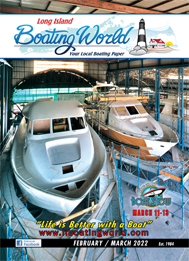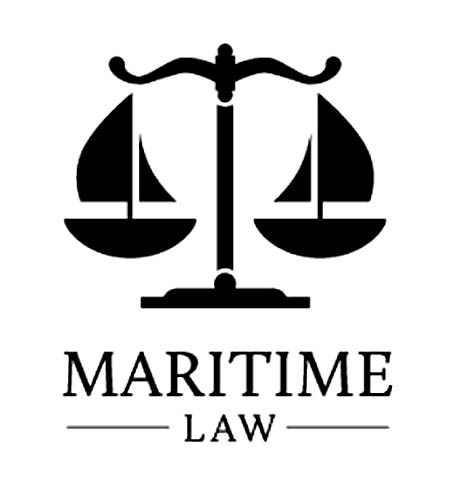
Cruise lines are in the news quite a bit lately, owing largely to the public’s concerns about shipboard safety in the age of COVID. As passengers cautiously contemplate returning to their favorite ships to test the waters of cruise vacations, the atmosphere is one of caution combined with optimism. There are new protocols to follow, some based on CDC guidelines, and some based on strict sanitary measures implemented by the cruise lines themselves to protect passengers.
Cruise ships, like other vessels that carry passengers, are currently focusing on things such as vaccinations, masks, adequate distancing, and other measures to prevent the spread of disease. But that doesn’t mean other aspects of keeping passengers safe on commercial vessels are any less important. Even before the arrival of the pandemic, passenger-carrying vessels presented their crews with challenges in keeping guests safe with wet decks, automatic doors, steep stairs, railings, food handling, and more.

Whether the vessel is a passenger ferry, water taxi, or cruise ship, vessel operators are vigilant to all types of safety hazards. In a recent case, attention was focused on the area of shipboard railings. It was an important enough matter to bring in experts. The matter involved a child getting injured on a cruise ship after falling either through or over the rails. The child’s family alleged that the guardrail posed a risk of injury to children because they could climb or pass through it, and in doing so, they could fall to a lower deck.
The lawsuit alleged that the cruise line knew about the danger posed to small children by the guardrail, and that it negligently created, maintained, and failed to warn about these dangers. The cruise line argued that the hazard was open and obvious. In terms of the family’s argument based on negligence, maritime law relies on the same general principles of negligence law applied shoreside in motor vehicle or other accidents. This means the existence of a duty owed to passengers, a breach of that duty, a harm resulting to someone, and a causation (connection) between the breach of duty and injury.
Here, the cruise line argued that it was clear enough that going over or through a guardrail that would lead to a steep drop was likely to result in serious injury or death. In other words, the inherent danger is common knowledge.
The engineering expert for the child’s family raised a number of issues about safety. He pointed out the “ladder effect” posed by railings in attracting small children. He also added that good practices include spacing that would prevent a 4-inch sphere or a child’s head from passing through.
On review, the appeals court felt that the lower court had not viewed the evidence in a light favorable to the injured child, ruling for the child on the issues appealed from the lower court. It held that a jury could conclude that the cruise line had notice of the dangerous condition. The court pointed out that a guardrail is ineffective if it fails to fulfill a purpose of preventing people from getting to the other side. It added that the guardrail is climbable, with no climb protection. The court also addressed the 4-inch safety standard.
In addition to highlighting some of the dangers of shipboard railings, the case here demonstrated the importance of expert testimony in maritime litigation. There are some foundational elements needed before someone can appear in court as an expert. The person needs to be qualified as an expert by their knowledge, skill, experience, training, or education.
Under Rule 702 of the Federal Rules of Evidence, the expert may testify in the form of an opinion or otherwise if (a) their scientific, technical, or other specialized knowledge will help the trier of fact to understand the evidence or to determine a fact in issue, (b) the testimony is based on sufficient facts or data, (c) the testimony is the product of reliable principles and methods; and (d) the expert has reliably applied the principles and methods to the facts of the case.
Since experts don’t come cheap, this may explain why complex cases are costly to litigate. I’ve seen law firms turn away potential plaintiffs, despite seeing the merits of a case. That’s because they recognized it would take a six-figure budget to push that case forward with expert witnesses. The legal arena can sometimes be a very high-stakes playing field.
